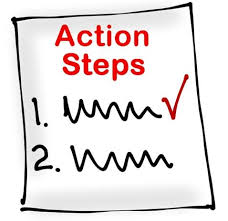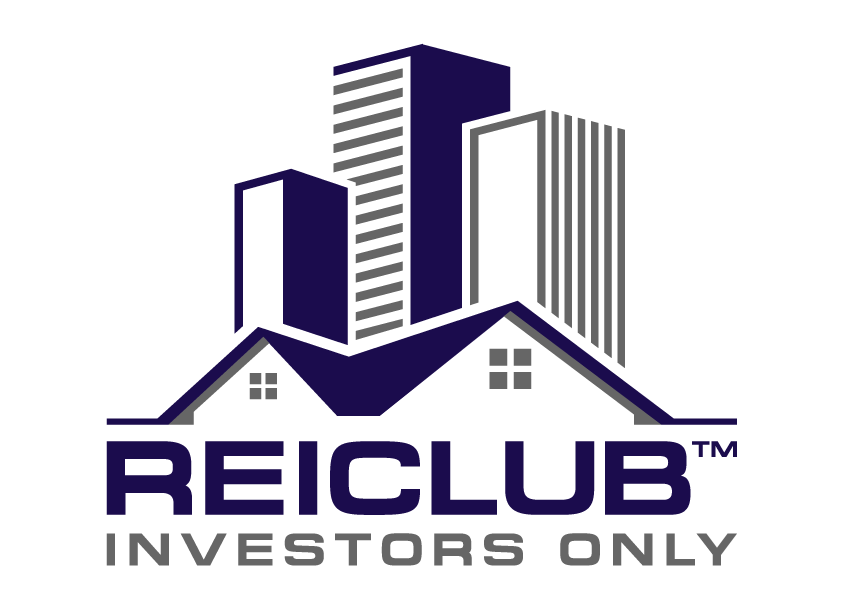 Perhaps the most intricate and time-consuming part of flipping a house is the rehabilitation process. Rehabbing a property is essentially what is going to turn you a profit, and should not be taken lightly.
Perhaps the most intricate and time-consuming part of flipping a house is the rehabilitation process. Rehabbing a property is essentially what is going to turn you a profit, and should not be taken lightly.
To make sure your fix & flip project goes smoothly, you should stick to this trusty “House Flipping Checklist” for rehab investors. I've also included the link to my editable free fix & flip property repair estimate sheet.
When working on your flip, you should always be sure to complete this house flipping checklist. If you miss any one of these essential steps, you could find yourself in a world of trouble. This house flipping checklist will provide you with a methodical approach so that you will never go in blind.
House Flipping Checklist: #1. Make A Budget
While some people might simply enjoy house flipping, generally the most important motivator in this field is profit. If you hope to make money, you must make sure you don't spend more on a home than you can afford. A simple way to make sure you don't overspend on a Rehab investment project is by making a budget.
Before Purchase
Don't wait until after you've already purchased the property to make your budget. You should decide on your maximum rehab costs while you are negotiating with the seller. You need to know these expenditures so that you can subtract them from the ARV, or after repair value, of the home to determine whether the property is worth purchasing.
After Purchase
After you complete steps #2 and #3, you can break up the budget and decide how much you are willing to spend on each part of the home improvement. Certain renovations will have more of a fixed price like a septic repair or a plumbing fix. However, other improvements can vary in price. For example, your house might need new flooring. There are dozens of different types of floors with costs at all ranges of the spectrum. Your job is to decide how much you want to allocate toward the different areas of the property.
House Flipping Checklist: #2. Determine What Needs To Be Improved
In the world of house flipping, there are always more ways to renovate a particular property. Unfortunately, you need to respect your budget so that you can turn a profit on the house. Below are some of the more important pieces to consider.
Problem Areas
Many houses have a few areas that might be considered problems. These problems could be ailments like a leaky roof, or a plumbing problem. Basically these complications need to be fixed if you hope to sell your house. You should consider factoring them into your budget before considering anything else.
Kitchen
Perhaps the most important room to prospective buyers is the kitchen. Renovating the kitchen can make a house much more valuable, and therefore attractive to the buyers. Setting aside a decent chunk of your budget for your kitchen is never a bad idea. You could use the money on new cabinets or cabinet faces, a countertop, appliances, or flooring.
Bathrooms
Second to the kitchen, the bathrooms are the most crucial rooms in the house. There is typically more than one bathroom in a house, so if you spend too much money on a particular type of improvement for each one, it could get expensive. An easy, inexpensive improvement for your bathroom might be adding brighter lights. Bright lights are a great way to make a bathroom feel less dreary. Depending on your budget, new floors, wall tiles, trimming, and fixtures might be key areas to focus on.
Curb Appeal
Often times, something that is overlooked is improving the front of the house and front yard. Curb appeal is a great way to get your buyer’s foot in the door. It is the first thing that prospective buyers see when they check out your property’s listing online or in a newspaper. Simple changes like buying a new mailbox or a new front door, painting the exterior of the house, and even mowing the lawn can really boost interest in your home.
House Flipping Checklist: #3. Get Estimates
Requesting estimates from contractors is usually the only way you can draw out a reliable budget. If you guess how much a certain renovation is going to cost, you might end up losing money on a property.
A common mistake by new house flippers is that they only get an estimate from one contractor. To make sure you are getting the best bang for your buck, make sure you get estimates from about three different subcontractors for each area that needs to be improved. I've included the link below to my free fix & flip property repair estimate sheet:
House Flipping Checklist: #4. Organize A Schedule
 After determining all of the necessary improvements and their costs, you should meet with the general contractor. The two of you should set up a schedule determining when each piece of the puzzle should be completed.
After determining all of the necessary improvements and their costs, you should meet with the general contractor. The two of you should set up a schedule determining when each piece of the puzzle should be completed.
By doing this, you can know more precisely whether or not each renovation is being finished in time, and if you are on track to sell when you want to.
Accountability
Make sure you keep up on the contractors to get their work done when they are supposed to. If they are moving too slowly then they might hold up the other parts of the renovation and cause a chain reaction.
These contractors work for you, so do not be afraid to remind them of what they agreed to when they signed their contract.
If your project gets held up because of them, you would not be able to sell your flip deal as quickly. The longer that your property goes unsold, the more it will cost you. Holding onto a home isn't free. You have to pay for things like maintenance, and insurance every month. This is way staying on schedule is so important.




We love your feedback and welcome your comments.
Please post below: